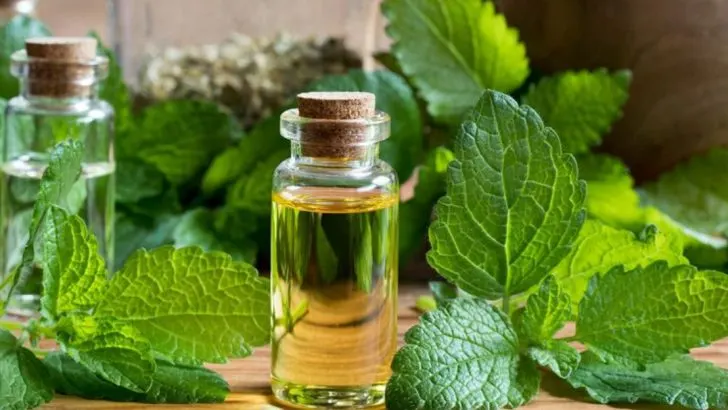Your hospital room doesn’t have to feel like a cold, lifeless box. Imagine plants that don’t just survive under sterile lights—they actually help patients heal faster. These 27 hospital-safe plants aren’t just pretty faces. They’re tiny warriors, quietly boosting moods, clearing the air, and speeding recovery. Say goodbye to dull, sad spaces. Bring in a splash of green that fights back against stress and sickness. Ready to turn any sterile room into a sanctuary? Let’s grow some hope—and health—right where it’s needed most.
Aloe Vera

Aloe Vera, the “plant of immortality,” is renowned for its healing properties. Its succulent leaves not only add a refreshing touch to hospital rooms but also purify the air. This plant is especially valued for its ability to soothe skin irritations and burns, making it a staple in natural medicine. By introducing oxygen and removing toxins from the air, Aloe Vera enhances the overall atmosphere, contributing to faster recovery. Its easy maintenance and resilience make it an ideal companion for healthcare settings, where patience and time are vital.
Spider Plant
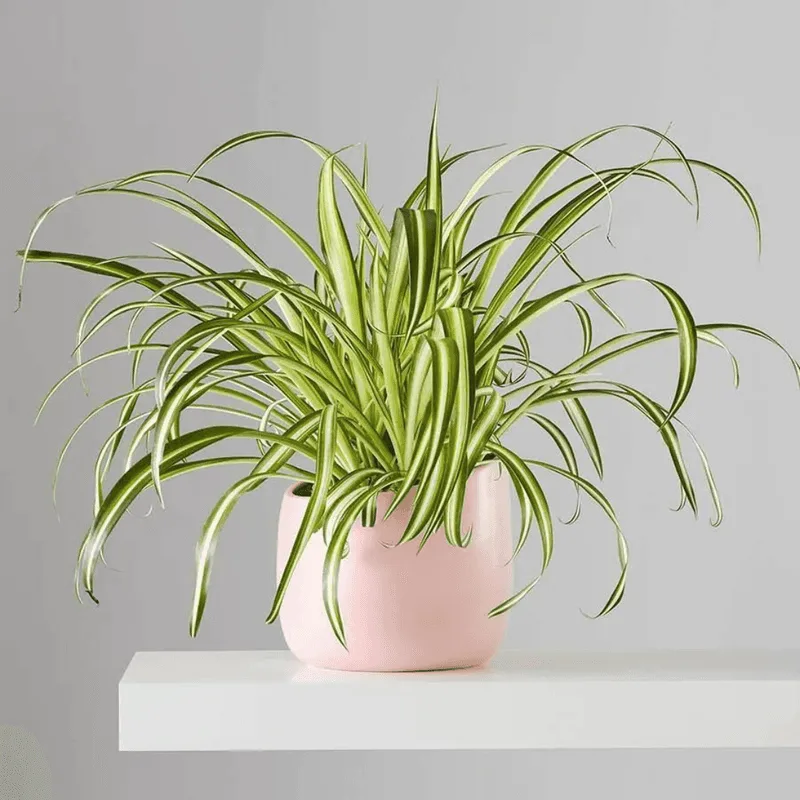
The Spider Plant, with its striking green leaves and white stripes, is a visual delight. It’s celebrated for its ability to remove pollutants like formaldehyde and xylene from the air, which are common in hospital environments. By improving air quality, Spider Plants help in reducing stress and anxiety. Their cascading style adds a dynamic element to any room. Known for their resilience and ease of care, they thrive in various lighting conditions, making them perfect for busy hospital settings where attention to detail in care might be limited.
Lavender
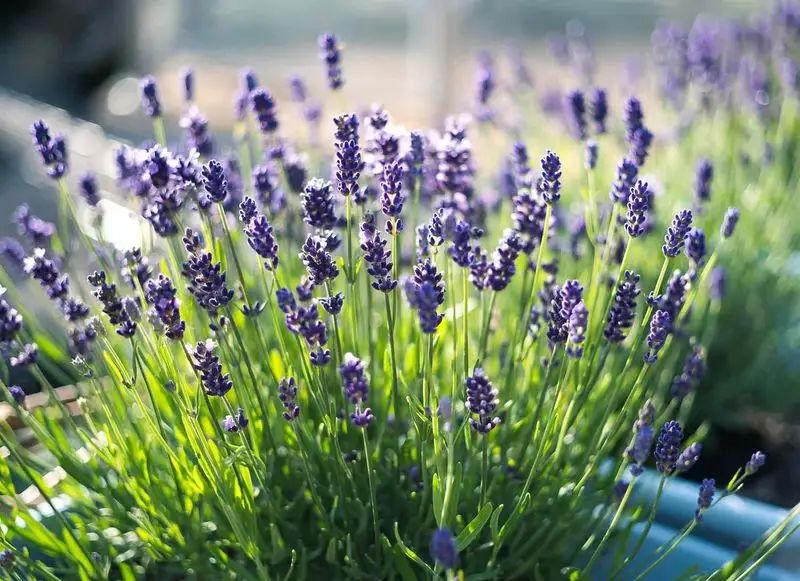
Lavender, with its soothing fragrance and delicate purple blooms, is a natural stress reliever. Known for its calming effect, it helps in reducing anxiety and promoting restful sleep, essential for patient recovery. Placing Lavender in hospital rooms can create a peaceful atmosphere, aiding in the healing process. Its aroma is not only therapeutic but also refreshing, contributing to a sense of well-being. Lavender demands minimal care, thriving in sunlight, and its presence brings a touch of nature’s tranquility to clinical spaces.
Snake Plant
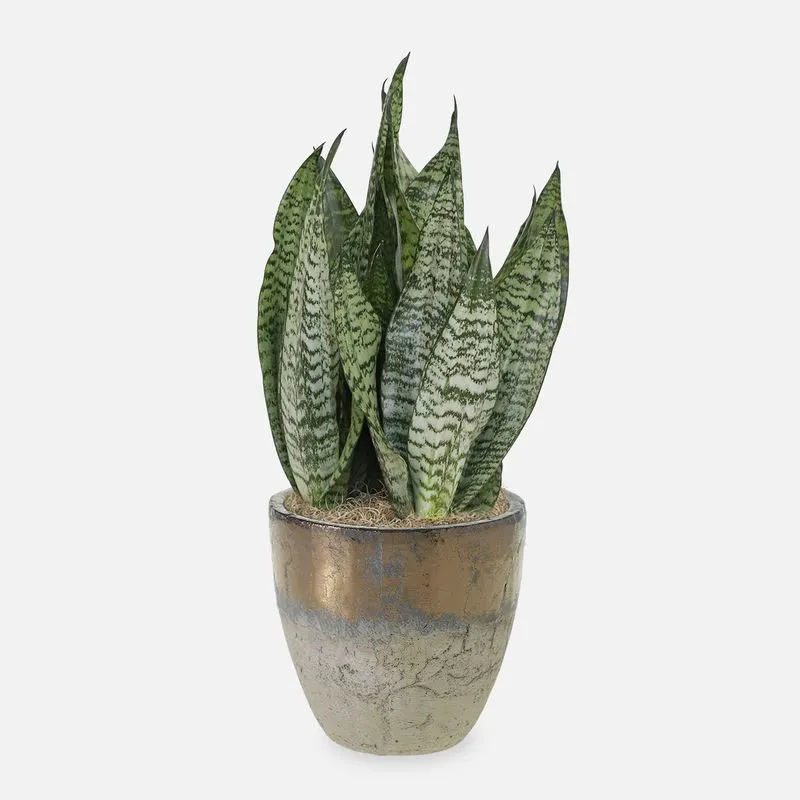
The Snake Plant, also known as Mother-in-Law’s Tongue, stands tall with its robust green leaves. It’s a champion in air purification, known for converting carbon dioxide into oxygen at night, making it ideal for hospital settings. By removing toxins such as formaldehyde and benzene, it creates a healthier indoor atmosphere. The Snake Plant’s striking appearance adds a modern touch to any room, and its low maintenance nature means it thrives with little attention, making it an excellent choice for busy environments like hospitals.
English Ivy
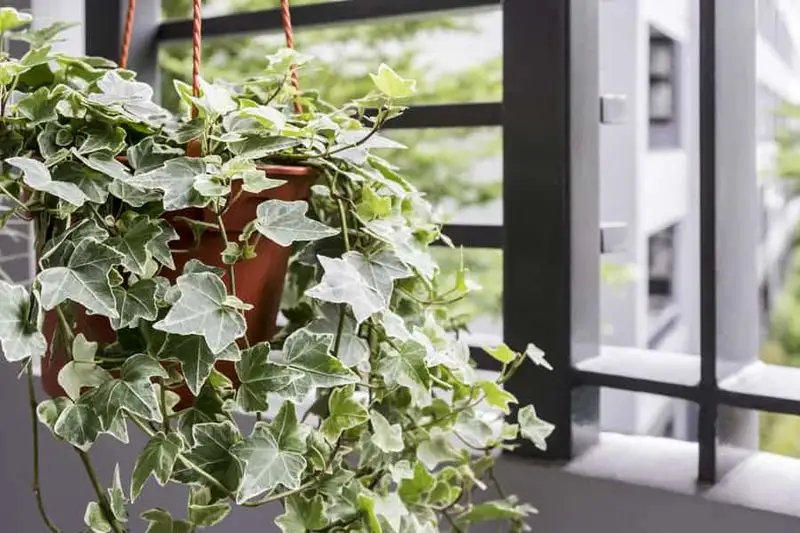
English Ivy is a resilient vine that’s more than just a decorative plant. Known for its ability to purify air by absorbing toxins, it helps create a cleaner environment.
This plant thrives in indirect light, making it suitable for hospital rooms. Its cascading leaves add a touch of greenery that can uplift patients’ moods, providing a comforting sight.
Interestingly, English Ivy has been linked to reduced symptoms in respiratory conditions, offering more than just aesthetic benefits.
Bamboo Palm
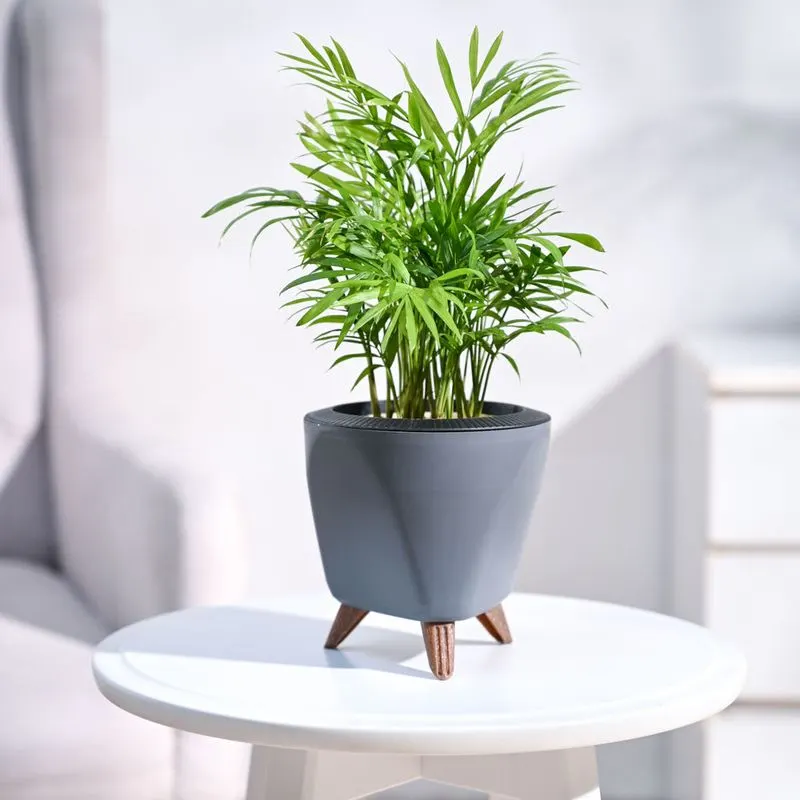
The Bamboo Palm brings a tropical touch to any space with its lush fronds. It’s not just about looks; it excels in removing indoor air pollutants.
In hospitals, a fresh atmosphere is vital, and this plant contributes significantly. Its elegant appearance can also promote a sense of calm and tranquility, aiding in patient recovery.
Bamboo Palms are easy to maintain, requiring moderate light and regular watering, making them perfect for healthcare environments.
Boston Fern

Boston Ferns are champions of humidity, known for their ability to restore moisture in dry environments. This quality is particularly beneficial in hospitals where air conditioning often dries the air.
With its feathery fronds, the Boston Fern creates a soothing visual appeal. It’s an ideal plant for patients needing respiratory support, as it can ease breathing difficulties.
Boston Ferns require regular misting and indirect light, but their benefits are worth the effort.
Pothos
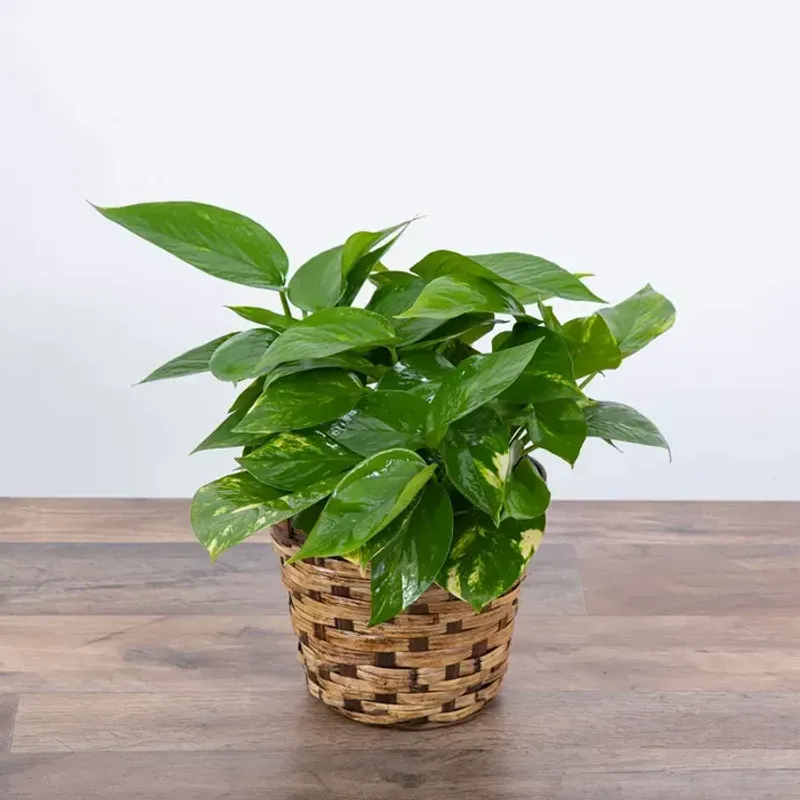
Pothos, often called the “Devil’s Ivy,” is far from devilish when it comes to patient care. This hardy plant is renowned for its ability to thrive in low light and its air-purifying prowess.
In a hospital setting, Pothos is a perfect companion, adding lush greenery without demanding too much attention. Its heart-shaped leaves bring a touch of nature indoors, which can be comforting for patients.
This plant is easy to propagate, ensuring that every corner can have a breath of fresh air.
Philodendron
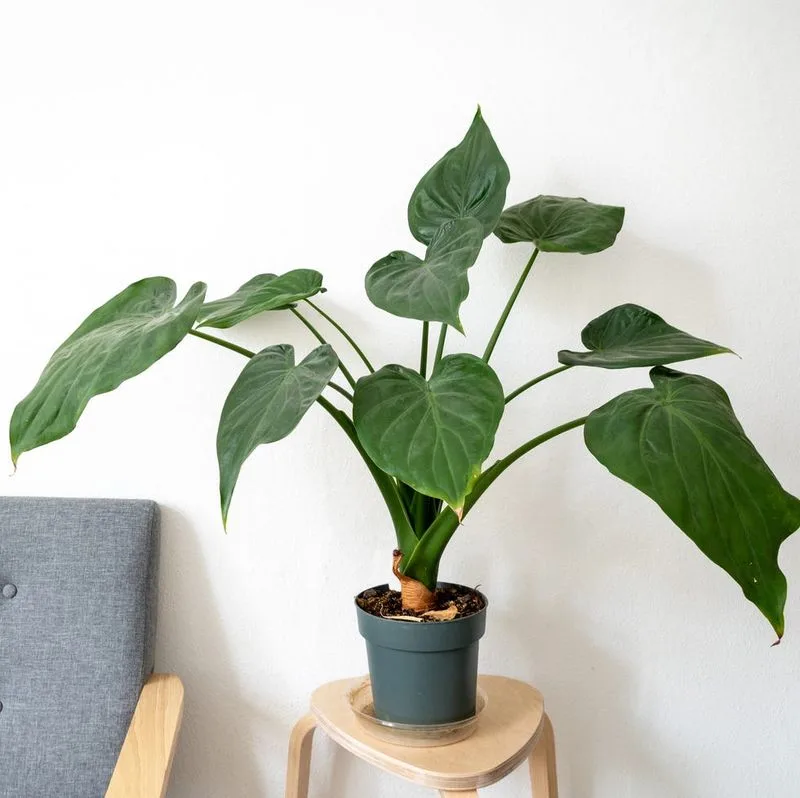
Philodendrons are known for their adaptability and air-purifying qualities. With their large, heart-shaped leaves, they add a touch of the tropics to hospital settings.
This plant thrives in low light, making it ideal for hospitals. Its presence can help reduce stress and anxiety, contributing positively to the healing process.
Philodendrons are low-maintenance, needing just occasional watering and indirect sunlight to flourish.
ZZ Plant

The ZZ Plant, with its glossy, waxy leaves, is a symbol of elegance and resilience. This plant is known for surviving in low light and with minimal water.
In hospital rooms, the ZZ Plant can be a lifesaver, not only purifying the air but also adding a splash of green with little care required. Its robustness makes it suitable for busy healthcare settings.
Despite its tough nature, the ZZ Plant offers a soothing presence, ideal for patient recovery.
Fiddle Leaf Fig
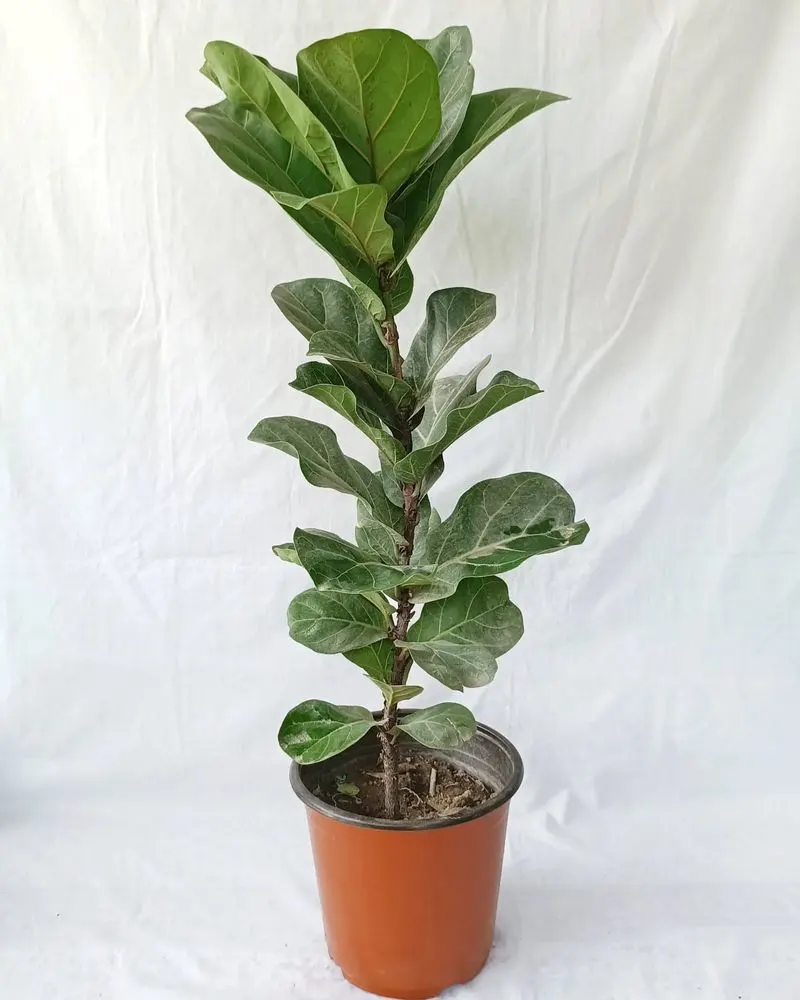
The Fiddle Leaf Fig is a favorite for its strikingly bold leaves and sculptural form. In hospitals, it serves as a natural air filter, helping purify the air for patients and staff.
This plant thrives in bright, indirect light, making it suitable for sunlit corridors or waiting areas. Its presence can uplift spirits and reduce stress levels, promoting recovery.
Regular watering and a stable environment keep this plant happy and flourishing.
Jade Plant
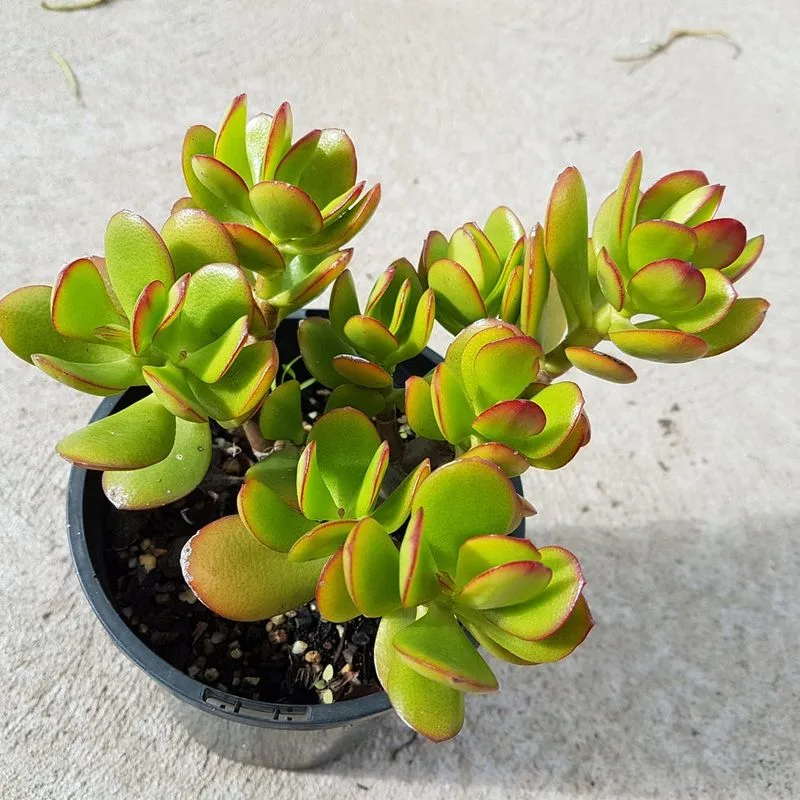
The Jade Plant, often associated with prosperity, brings more than just good luck. Its succulent nature means it’s low-maintenance, perfect for hospital settings.
Beyond its symbolism, the Jade Plant is known to improve air quality, contributing to a healthier environment. Its thick, round leaves offer a visual treat, making it a comforting sight for patients.
With minimal watering needs, this plant thrives in bright light, ideal for sunny hospital rooms.
Areca Palm
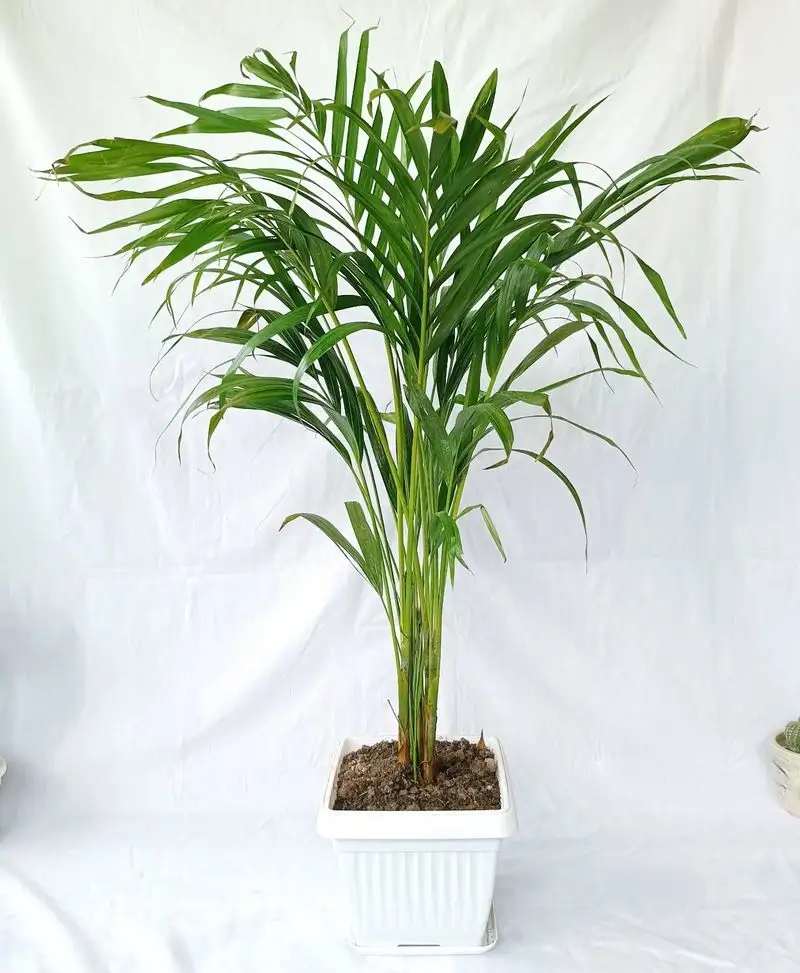
The Areca Palm, with its feathery, arching fronds, is known for creating a relaxed atmosphere. In hospitals, it acts as a natural humidifier, adding moisture to the air.
This plant’s ability to filter toxins makes it a valuable addition to any healthcare setting. Patients and visitors can enjoy the calming presence of the Areca Palm, which can improve overall well-being.
It requires bright, indirect light and regular watering, thriving in spacious areas.
Chinese Evergreen
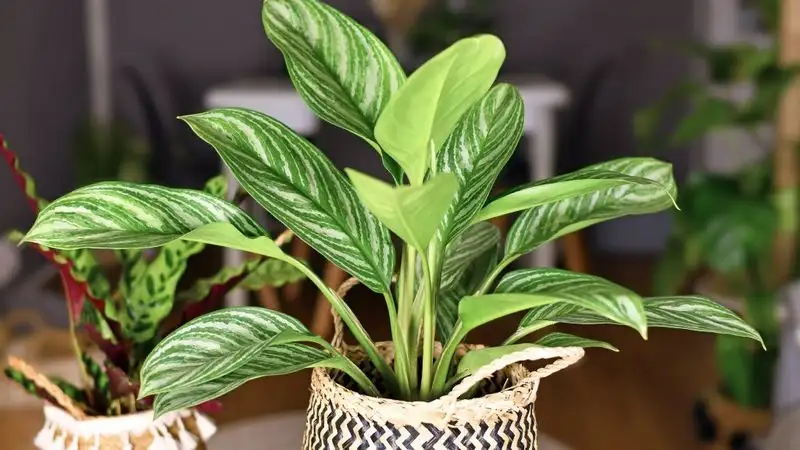
Chinese Evergreens are celebrated for their decorative appeal and resilience. These plants are excellent for low-light conditions, typical in many hospital spaces.
Their ability to purify the air makes them a healthy choice, reducing indoor pollutants. Patients can find solace in their lush, variegated foliage, experiencing a sense of tranquility.
Caring for a Chinese Evergreen is straightforward, needing occasional watering and indirect sunlight.
Dracaena
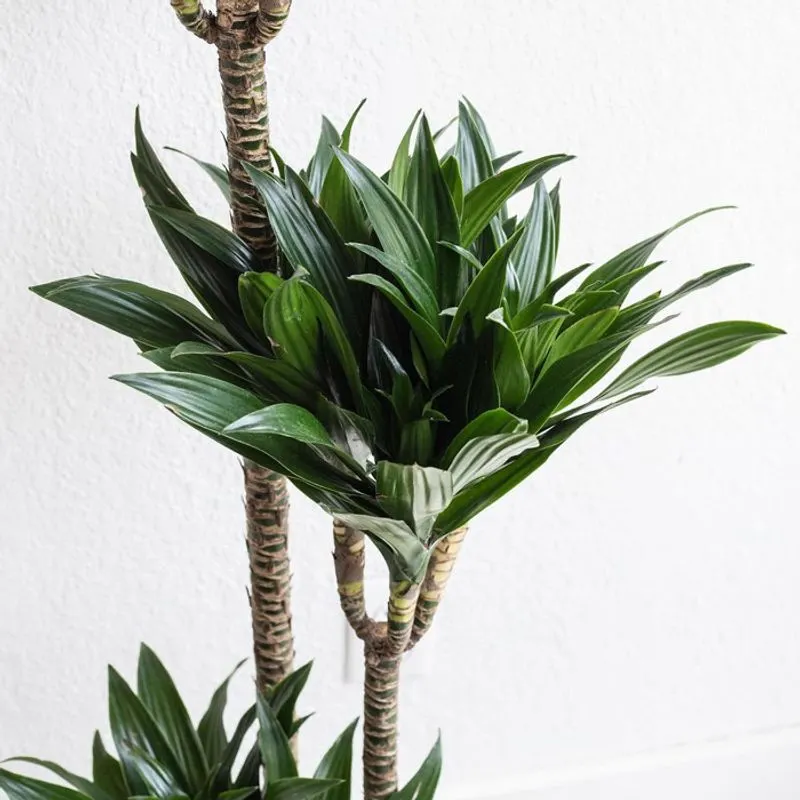
Dracaena plants are known for their striking, striped leaves and air-purifying abilities. They are perfect for enhancing hospital ambiance while cleaning the air.
These plants thrive in low to moderate light, making them suitable for various hospital settings. Their presence can reduce stress and promote a sense of relaxation for patients and staff alike.
Dracaenas are easy to maintain, requiring only occasional watering to keep them healthy.
Parlor Palm
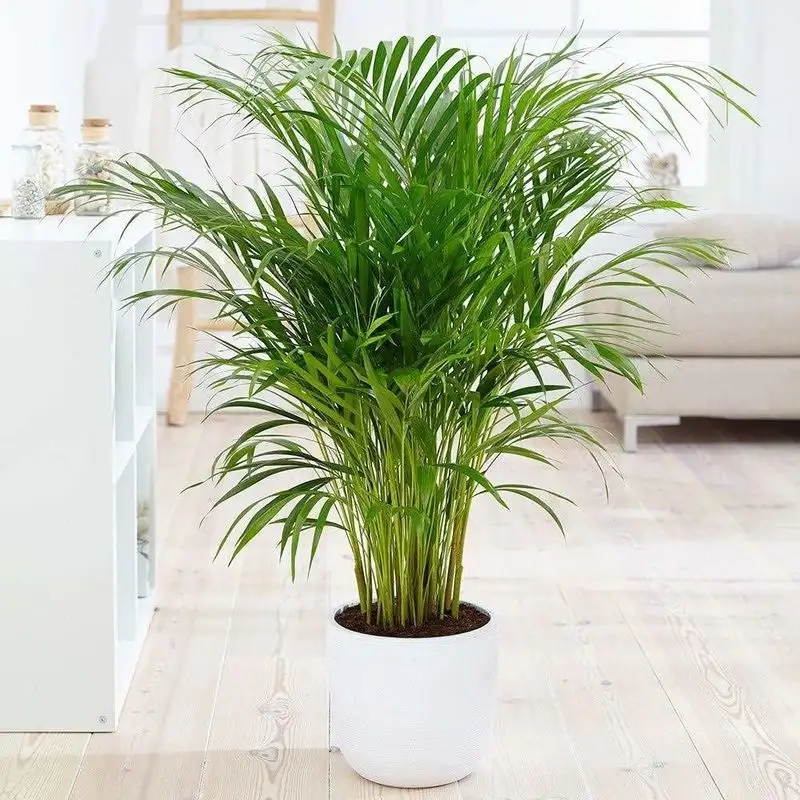
The Parlor Palm, with its delicate, feathery foliage, adds a touch of elegance to hospital environments. Its air-purifying qualities are a boon for indoor spaces.
This plant thrives in low light, making it ideal for rooms and corridors lacking natural sunlight. Its calming presence can help soothe anxiety and improve mood, aiding in patient recovery.
Maintenance is hassle-free, with occasional watering keeping it lush and vibrant.
Anthurium
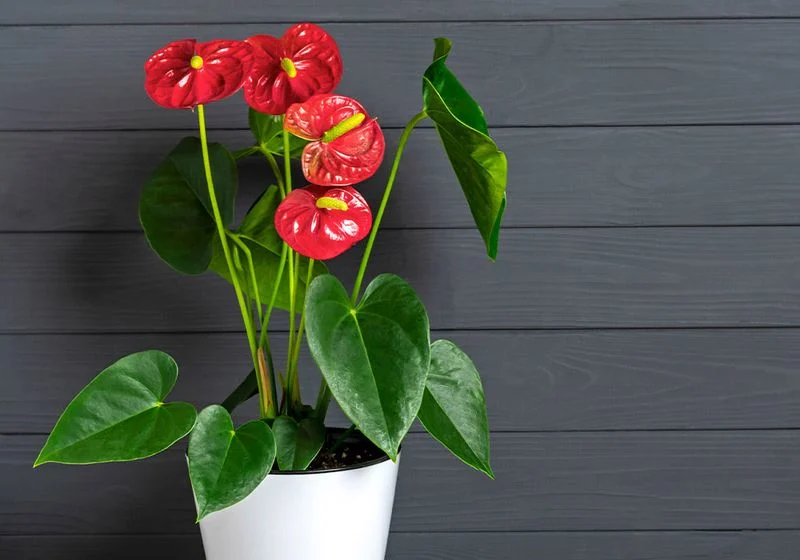
Anthuriums are celebrated for their bright, heart-shaped blooms and air-cleaning properties. In hospitals, these plants not only enhance aesthetics but also improve air quality.
Their vibrant colors can uplift spirits, providing a cheerful environment for patients and visitors. Anthuriums thrive in indirect light, making them suitable for hospital lobbies and sunlit rooms.
With moderate watering needs, they are easy to care for, bringing nature’s beauty indoors.
Calathea
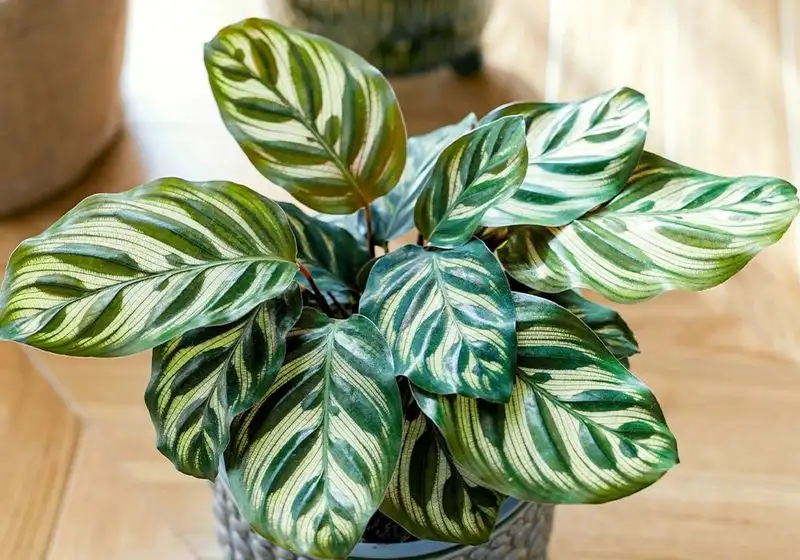
Calatheas are known for their strikingly patterned leaves that offer visual intrigue. Beyond beauty, they contribute to cleaner air, an asset in hospital settings.
These plants prefer low to medium light, making them versatile for various hospital locations. Their presence can create a calming, serene atmosphere for patients and staff.
Regular watering and humidity keep Calatheas thriving, rewarding care with lush foliage.
Gerbera Daisy
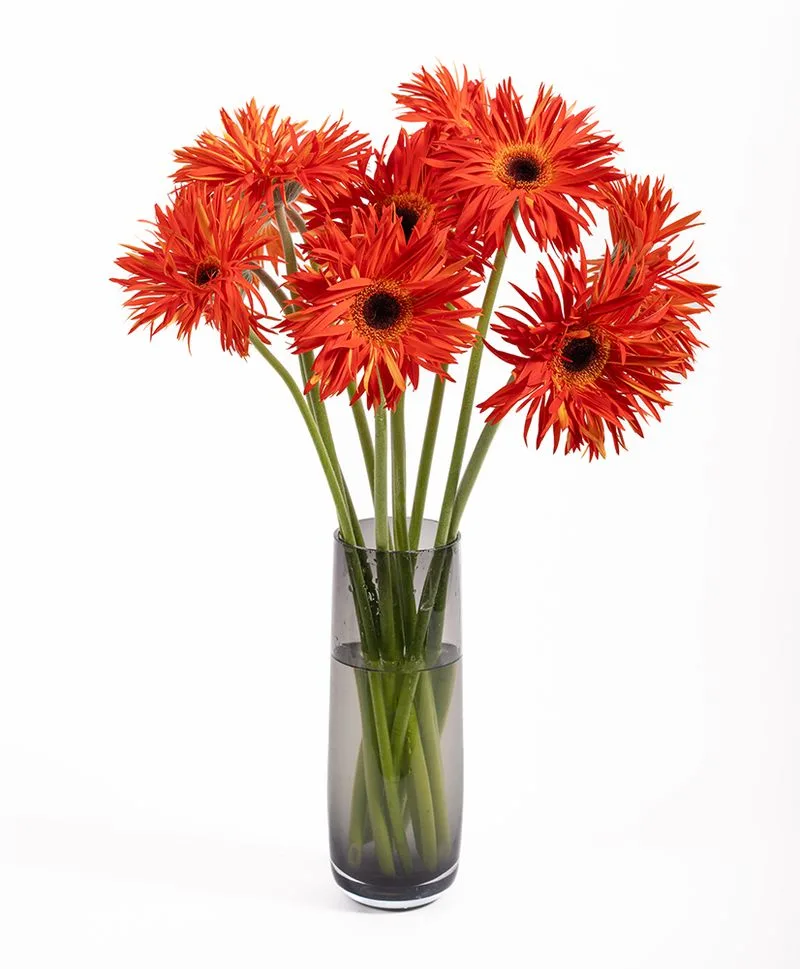
Gerbera Daisies are not just celebrated for their vibrant colors; they are powerful air purifiers as well. In hospitals, they brighten spaces while contributing to cleaner air.
Their cheerful blooms can lift spirits, providing a visual treat for patients and visitors. Gerbera Daisies thrive in bright, indirect light, suitable for gardens and sunny areas.
With moderate watering requirements, they offer both beauty and practicality to healthcare environments.
Kentia Palm
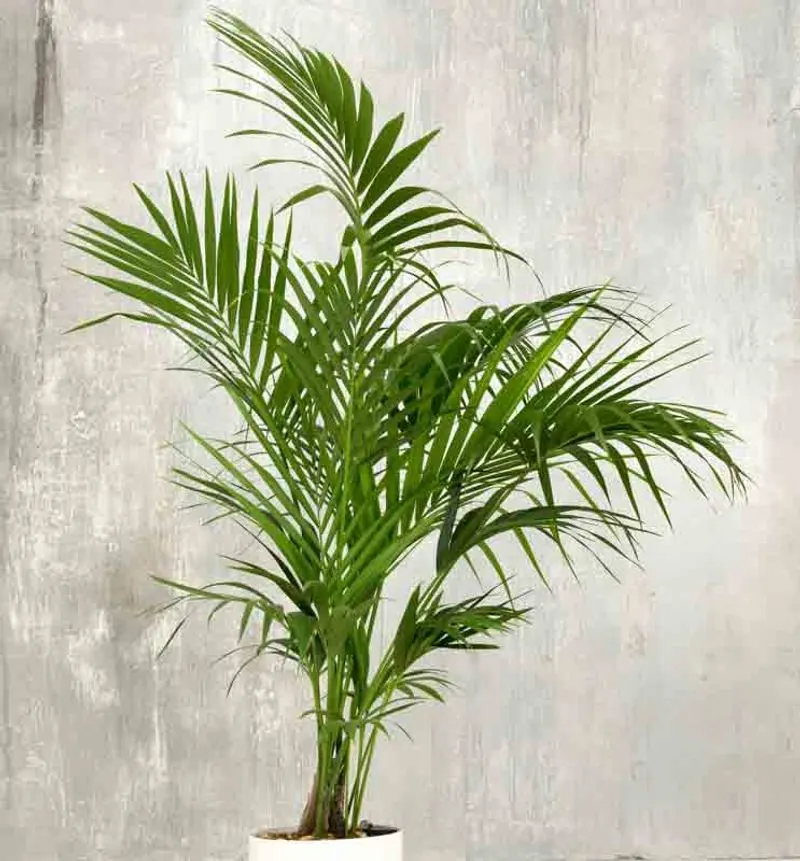
The Kentia Palm, with its graceful arching leaves, is a sophisticated addition to hospital environments. It’s known for its air-purifying capabilities, enhancing indoor air quality.
In hospitals, its elegant presence can create a soothing atmosphere, assisting in patient recovery. The Kentia Palm thrives in indirect light and requires minimal maintenance, ideal for busy settings.
Its resilience in low-light conditions makes it perfect for various hospital locations.
Peace Lily
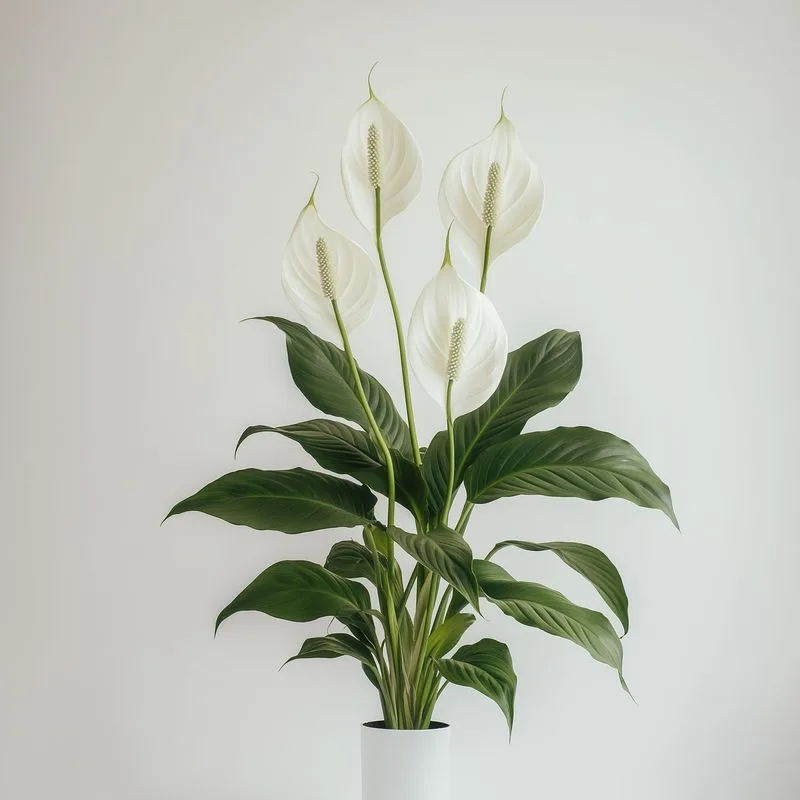
Peace Lilies are revered for their tranquil beauty and air-purifying qualities. Their elegant white blooms add a touch of peace to hospital settings.
These plants thrive in low light, making them suitable for dimly lit rooms and corridors. Their ability to filter harmful toxins enhances the health of indoor environments.
With minimal care requirements, Peace Lilies are perfect companions for healthcare facilities.
Chrysanthemum
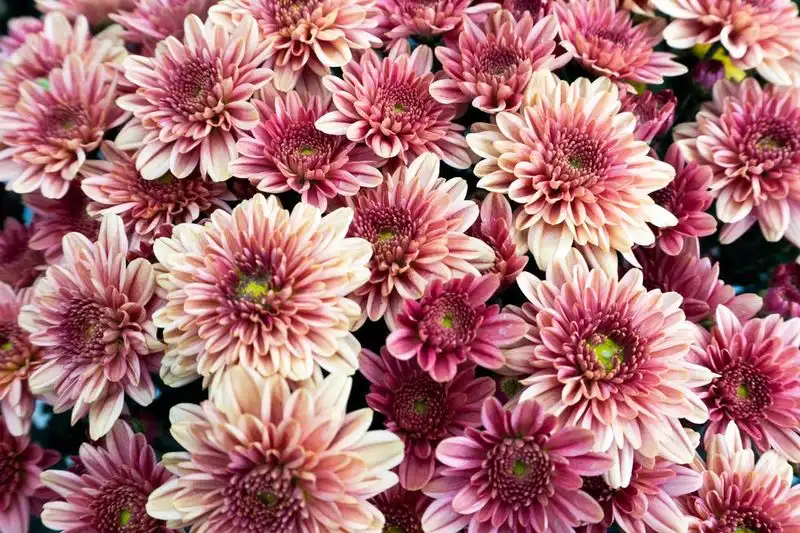
Chrysanthemums are not only admired for their vivid blooms but also their air-cleaning abilities. In hospitals, they contribute to a lively and fresh atmosphere.
The bright colors of Chrysanthemums can elevate moods and provide a cheerful distraction for patients. These plants thrive in bright light, perfect for gardens and well-lit rooms.
With moderate care needs, including regular watering, they bring both beauty and health benefits to hospital settings.
Rubber Plant

Rubber Plants are distinguished by their large, glossy leaves and air-purifying properties. They’re celebrated for removing toxins and improving air quality.
In hospitals, Rubber Plants create a welcoming environment, contributing to a serene atmosphere. Their striking appearance can enhance the aesthetics of any room or corridor.
These plants thrive in moderate light and require minimal watering, making them perfect for healthcare settings.
Lemon Balm
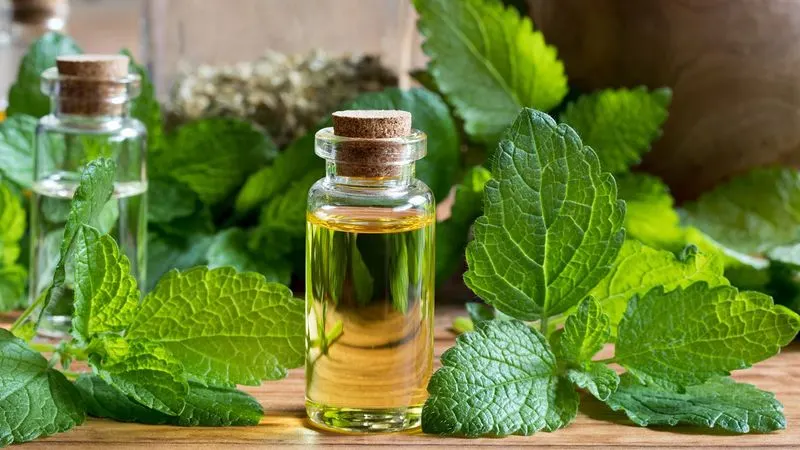
Lemon Balm is cherished for its soothing aroma and therapeutic properties. In hospitals, it can calm nerves and reduce stress levels with its gentle scent.
This herb thrives in bright light, making it suitable for garden areas or sunlit windows. Its presence can create a relaxing atmosphere, aiding in patient recovery.
Lemon Balm requires regular watering and care, offering both aromatic and mental health benefits.
Papyrus Plant
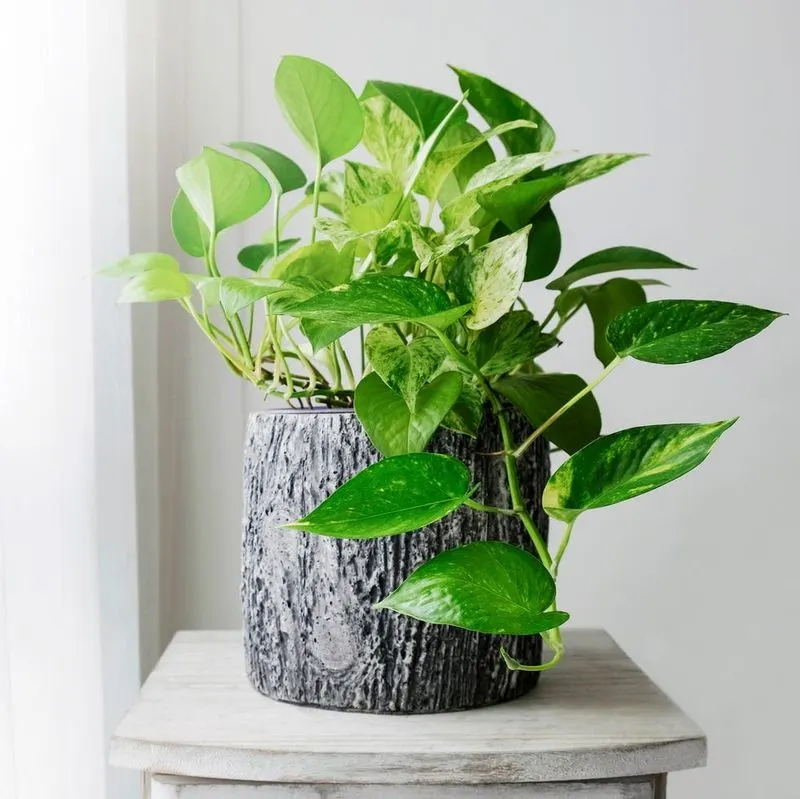
The Papyrus Plant, with its ancient lineage, adds a touch of history and elegance to hospital settings. Known for its ability to thrive in water, it’s perfect for creating tranquil, indoor water features.
In hospitals, its grassy stems can provide a calming visual focus, helping reduce anxiety. The Papyrus Plant prefers bright, indirect light and regular water supply, enhancing its lush appearance.
Its unique look makes it a standout choice for enhancing the healing environment.
Peace Lily
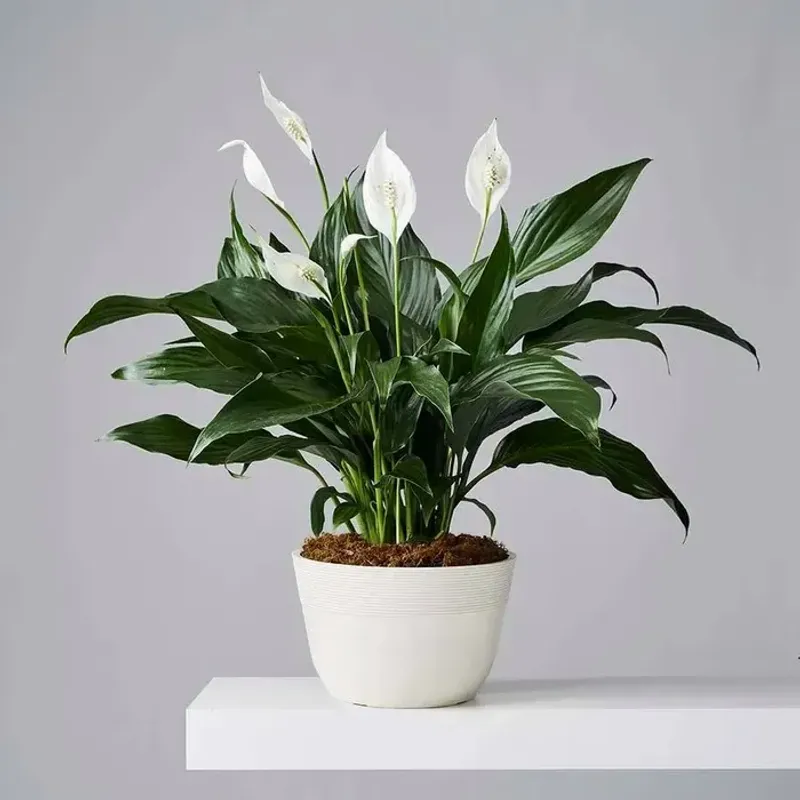
The Peace Lily, with its elegant white blooms and glossy leaves, brings an air of tranquility. This plant thrives in low-light environments, making it ideal for hospital settings where natural light may be scarce. Its ability to purify the air by removing toxins like formaldehyde and benzene enhances its healing properties.
Known for its resilience, the Peace Lily requires minimal care, ensuring that hospital staff can maintain its beauty with ease. Its gentle allure and air-purifying ability contribute to a calming environment. The Peace Lily symbolizes peace and hope, aligning perfectly with a patient’s recovery journey.
Rubber Plant
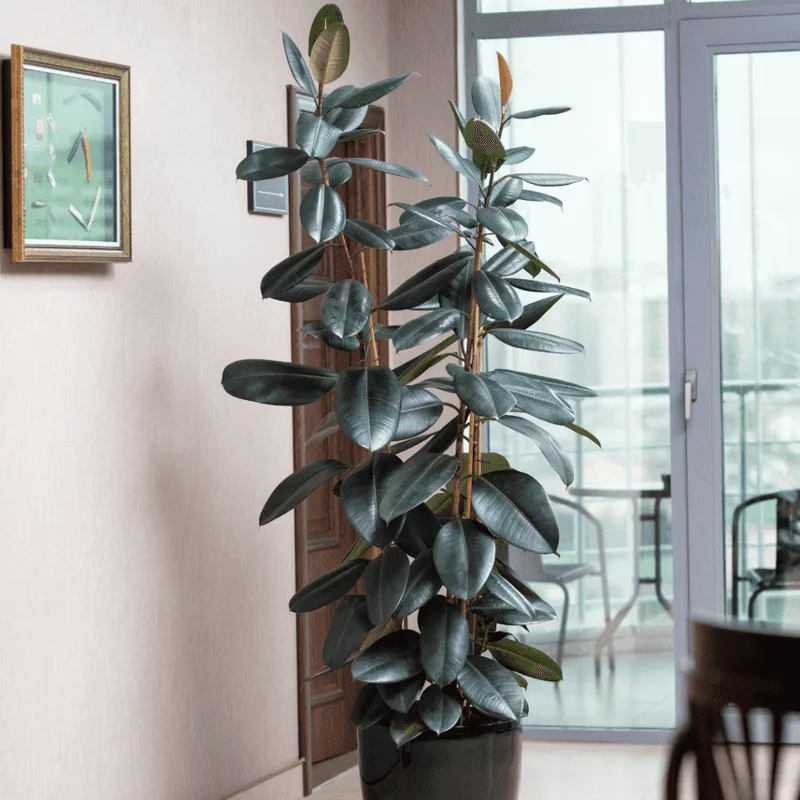
The Rubber Plant stands out with its tall stature and glossy, deep green leaves. Perfect for bright hospital lobbies, it acts as a natural air purifier, absorbing toxins and exhaling fresh oxygen. Its robust nature means it can thrive with minimal care, ideal for the busy hospital environment.
This plant’s distinctive look adds a touch of sophistication, making it a popular choice for modern interiors. The Rubber Plant not only enhances aesthetics but also promotes a healthier atmosphere. Its presence symbolizes resilience and longevity, qualities that align with patient recovery goals.

